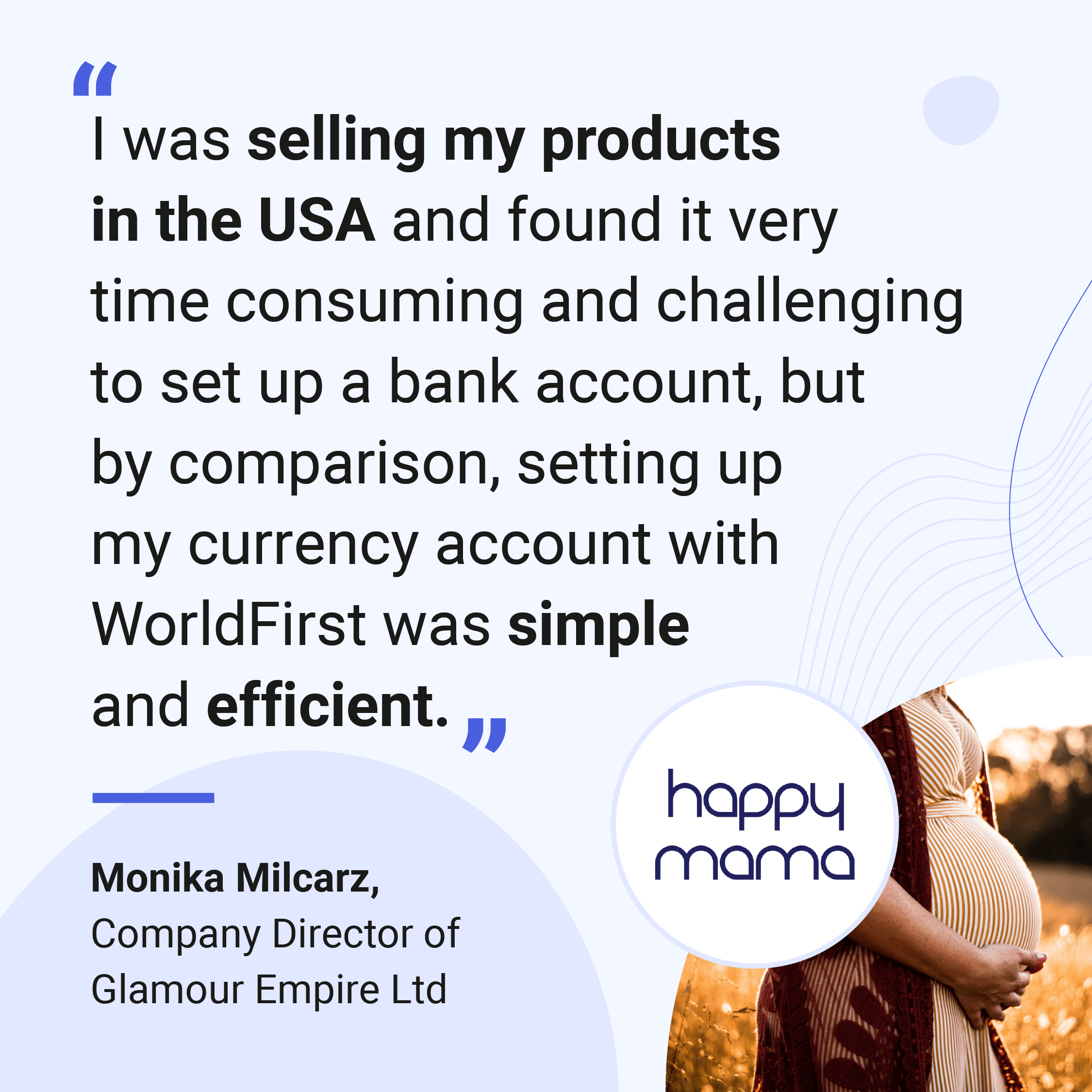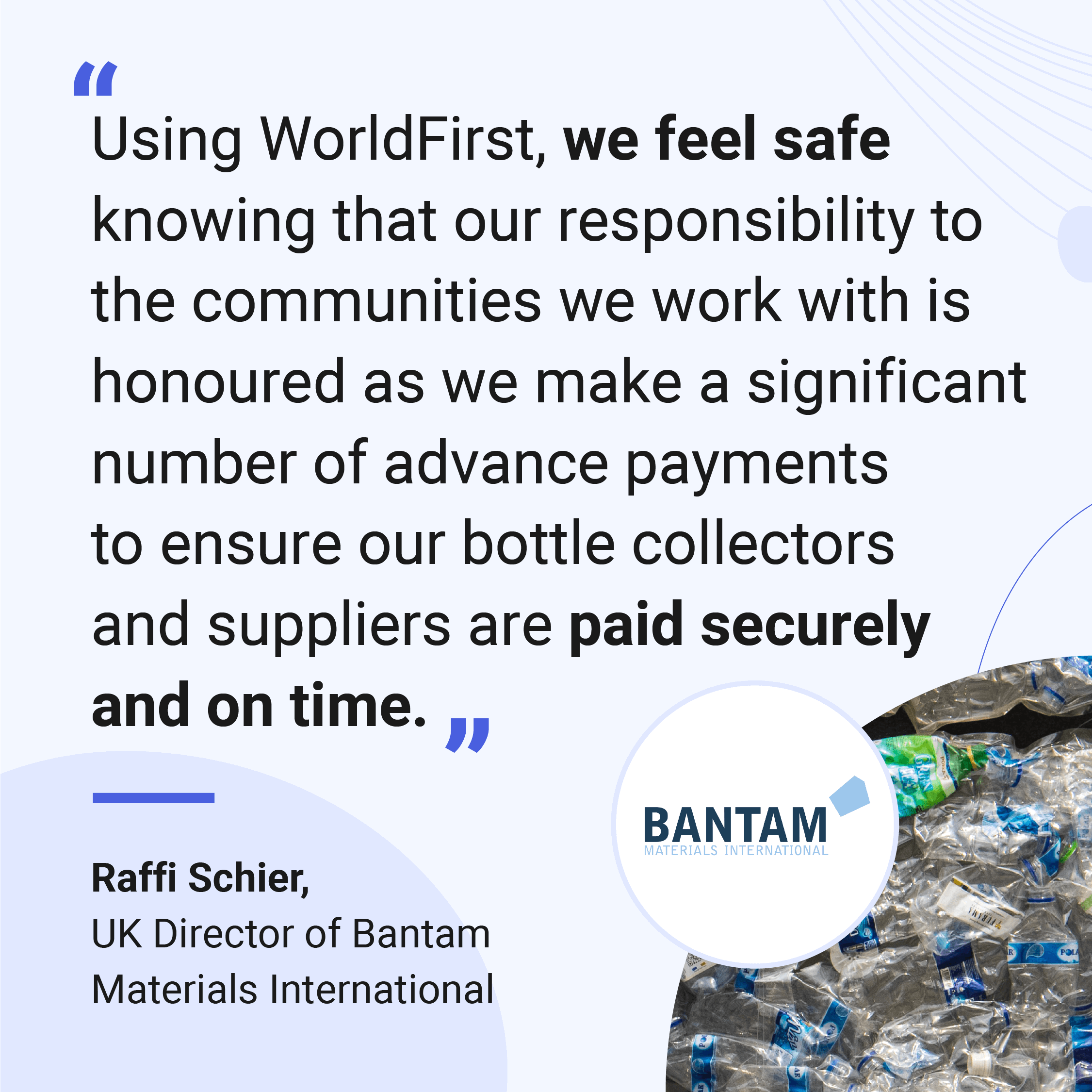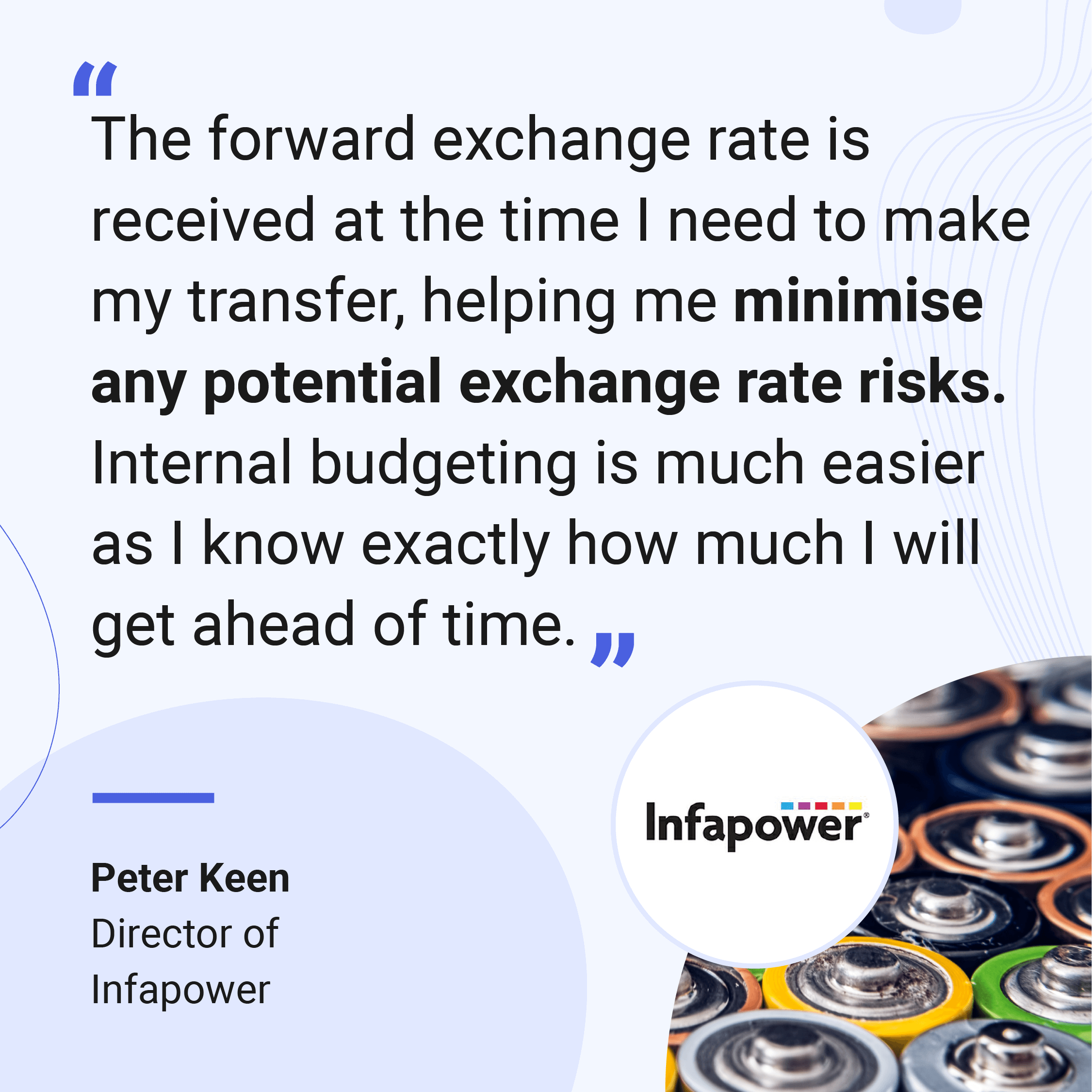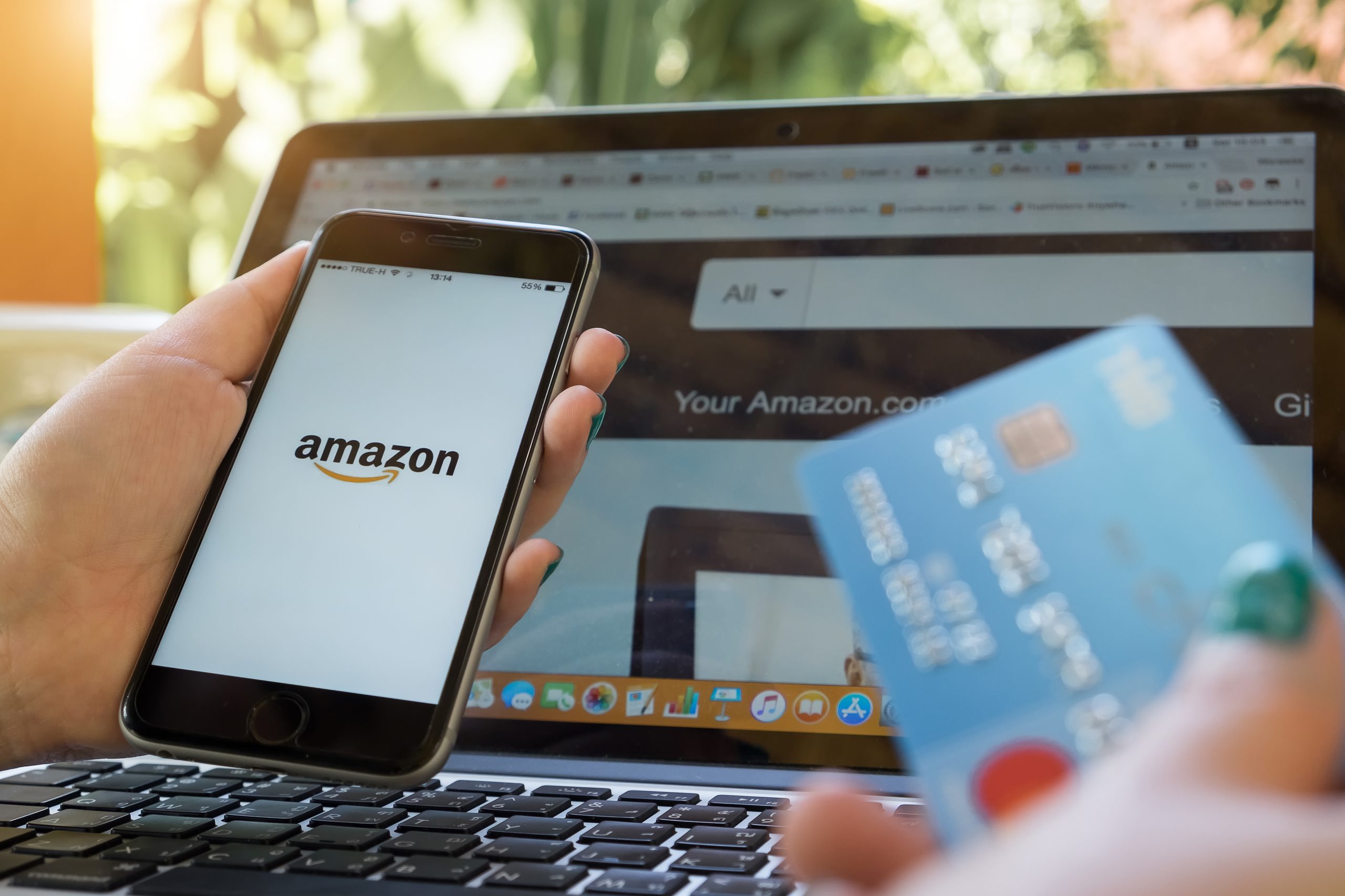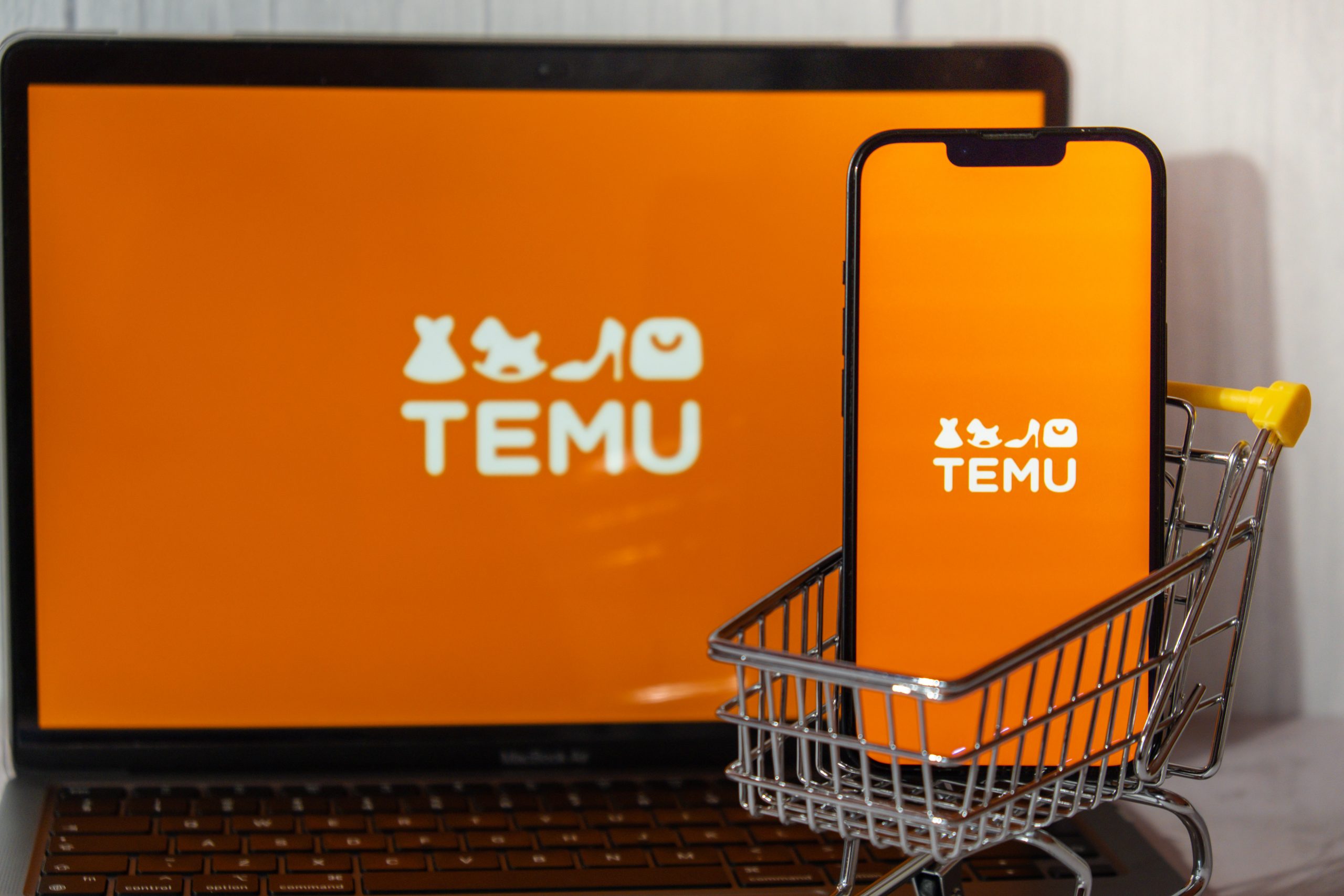
Learn how to become an Amazon seller in this rundown of the key processes you’ll need to follow to get started – we’ll also answer common questions along the way.
- Why sell on Amazon in the first place?
- How to set up your business formally
- How to become an Amazon marketplace seller
- How to advertise to customers
- Growth achievements you should aim for
Why sell on Amazon in the first place?
Amazon is a huge marketplace, leading the world by a considerable margin in both average monthly visits and total market cap. Within the UK specifically, Amazon has a very strong brand, enjoying over 55% direct traffic to its website and a healthy consumer base. Recent research showed that around 50% of consumers frequently shopped on the platform and a further 30% were loyal, regular users. With UK Prime users pegged at around 10 million as of Q3, 2020, Amazon has a tight hold over UK e-commerce and offers lucrative opportunities and innovative solutions for sellers on the platform.
Register your business
Starting out as an Amazon marketplace seller is, in effect, starting a business. You’ll need to take some steps to establish your new income legally by registering with HMRC and putting financial and accounting best practices into place. Here is a rough guide of the essential actions you’ll need to take: if you’re ahead of the game, you can skip to the next section, where you’ll learn how to become an Amazon marketplace seller.
UK entrepreneurs have two main ways to set up their businesses: becoming a sole trader or founding a limited company. Each option lets you keep the profits you make after taxes and invest in areas across your business. The key difference is in the legal protection and flexibility each structure offers you.
As a sole trader, you and your business are one and the same. Unfortunately, such close proximity means that your personal finances are tied up in your business’s success. If you take out loans to cover product orders and they don’t sell, you’re left personally liable for the debt. As a consequence, however, your workload for paperwork and business files is less, providing you with flexibility when managing your money.
In contrast, setting up a limited company gives you more financial and legal protection. However, Companies House (the UK regulator) requires that your finances and operations are made more transparent than if you were a sole trader.
Open a business bank account
The next step is to open a business bank account. This will be a dedicated place for all your business’s transactions (both income and expenses). Separating your business and personal finances in this way will help you identify business-related expenses, track how much profit you have made, and monitor your cash flow.
Your current high street bank will likely offer some form of business bank account, or you can do some research to find out where you can get better rates for features like loans and startup support.
Sort out your bookkeeping and accounting needs
Businesses are required to keep records of their trading, including things like invoices and expense receipts, for tax purposes.
The specific types and rates of tax you’ll pay as a small business will depend on your business’s structure (see above) and the profits you earn. Planning for these expenses is crucial, so you’ll need a bookkeeping and accounting solution to make sure you’re tax-compliant — otherwise, you could face fines from HMRC.
Registering for VAT
If you’re planning on selling into Europe (or regions that currently follow European trading standards, like Northern Ireland), Amazon requires that you’re registered for VAT.
Amazon has a guide available for prospective sellers that simplifies the information and makes registration obligations clearer.
How to become an Amazon marketplace seller
With almost all of the typical business formalities sorted, it’s now time to learn how to become an Amazon marketplace seller.
Source your products
Selling goods is the name of the game on Amazon — and you’ll need a great product to stand out. If you haven’t already decided on what you’d like to sell, don’t worry: you have a number of options for product sourcing and reselling.
Amazon makes it easy to sell directly to customers, regardless of whether you’re a retailer (someone who buys wholesale goods and resells them on to consumers) or a brand owner (someone who produces a product(s) and owns a brand).
If you need a manufacturer for a product idea of your own, or would like to make small tweaks to an existing product (white-label goods), look no further than Alibaba. Learn more about liaising with manufacturers through Alibaba.com (and the protection it offers your small business) in our article Finding Manufacturers on Alibaba.com.
Within a similar vein, you may be looking to start a dropshipping business on Amazon. If so, Amazon has a policy you’ll need to follow to ensure consumers receive a consistent customer experience and standard of goods.
A brief mention of budgets
We haven’t yet mentioned budgeting. How do you plan to budget for the costs mentioned so far — in particular things like manufacturing deposits and software?
There isn’t a magic set-up funding number when it comes to starting a business. Some e-commerce businesses can launch on a shoestring budget, while others require a few hundred (if not thousand) pounds of investment. Make sure you track costs when spending and research financing options that minimise your debt while you get started.
Need to import goods?
If you’re not manufacturing goods within the UK and are either importing raw materials or finished products (for example, from Alibaba), you’ll need to make sure you’re paying tax and using the correct licences.
Find out more about UK importing requirements on the gov.uk website.
Create your seller’s account
Becoming an Amazon marketplace seller is a straightforward process. If you already have an Amazon account as a customer, you can use it to sign up for a Seller Central account. Amazon will ask for some of the following details to verify your identity:
- An email address and phone number
- A valid credit card and passport (or national ID)
- Company registration details (with VAT number if possible)
- Bank account to receive your sales income
Find the right seller’s plan
As you’re setting up your account, you’ll be asked which plan you’d like to use. Amazon charges sellers a fee to access their platform and help cover overheads. Sellers can choose from an individual or professional plan.
The former is cheaper and charges a small fee per sale, while the latter debits a flat monthly fee from your account (more suitable if you start selling in high volumes). Compare the prices and terms to find the right one for you.
List products and start selling
You can list an unlimited number of products regardless of whether you have
an individual or a professional selling plan. With your store now largely set up, you’ll need to fill it with listings for customers to find and buy.
Sellers can list new, used and refurbished goods across multiple categories. As you’re adding products, you’ll need to provide Amazon with the following details:
- A standardised product code (such as GTIN or ISBN) specifying the item you’re selling
- An internal SKU code (allowing your business to track inventory
- Details like price, product condition, size, available quantities, and delivery information
- Other important identifying information like brand name, description, and images
- Keywords (search terms) to help buyers find your product
If you’re struggling with all the specifics, Amazon has a dedicated support page available. Using your new seller account, you can also sell as a B2B business. If you’d like to learn more about supporting other enterprises and how to overcome the paperwork differences, check out Amazon’s B2B seller page.
What’s a good price point to use?
As you’re listing products, you may be wondering about suitable price points. What is a fair price for your product, and what will people actually pay for it?
Like the budgeting advice above, there’s no magic number. At a minimum, you’ll need to meet your gross expenses (like the landed cost of goods, overheads like power and heating), and other expenses like stationery or software. Above that, your margin is yours to choose and ultimately decided by consumers.
High-quality marketing can help emphasise the quality of your product (and price point), so consider how you can demonstrate your item’s value to customers.
Other Amazon marketplace fees you should budget for
Amazon takes a number of additional fees from sellers that you need to budget for, including referral fees, fulfilment fees (regardless of whether you use Fulfilment by Amazon or manage orders yourself), and other miscellaneous fees that cover customer returns, admin and advertising costs.
Amazon best practices: optimising your store
After your product listings are up and your products are available, you’ll need to take a few steps to improve your store’s performance. Below are some of the best practices for Amazon marketplace sellers you should aim to follow:
-
- Optimise your listings for Amazon’s search engine — use the right keywords so Amazon’s system can find you and customers can discover your offering.
- Use high-quality photography — show your products according to Amazon’s standards
- Include FAQs — make sure customers aren’t left asking questions after finding your product.
For a full list, check out Amazon’s Seller Central support page.
How to advertise to customers
Now your store is in tip-top shape, you can start driving customer traffic and increasing conversions with Amazon’s on-platform advertising techniques. Amazon offers multiple advertising channels, but the best one to start out with is sponsorship. You can pay for your individual product or entire brand catalogue to appear in front of interested customers and increase your visibility and brand awareness.
According to 2019 data, product sponsorships offer the best return on investment, so identify your hero products early and show them off to consumers.
Growth achievements you should aim for
Buy Box supplier
So far, we’ve walked you through how to become an Amazon marketplace seller, but how would you like to be the best?
Amazon eases customers’ efforts when purchasing goods by automating their product selection process. Amazon does this through its Buy Box: high-performing sellers compete for the top place to be the default option in certain product categories - including customer orders through Alexa.
If you’d like to be at the forefront of customer choice, learn how you can ‘Win the Buy Box’ using Amazon’s guide.
Increase your customer feedback
Amazon wants to improve customer trust in the platform by ensuring that product reviews are trustworthy and reflective of customers’ purchasing experience. You can encourage customers to leave honest feedback and five-star reviews by delivering high-quality products and following up with stellar customer service.
Prime seller
Prime is a critically important strategic feature for Amazon and the platform has enjoyed enormous success in various markets all over the world. Revenue data from 2019 shows that customers who have Prime spend higher on average than those who don’t.
Sellers who receive a Prime badge get extra attention from customers as they hunt for ways to avoid delivery fees on their goods — after all, Prime means they’ve already paid for postage. Cultivate this lucrative customer base and build your business to a Prime-certified Amazon marketplace seller status.
Expand into international markets or outsource manufacturing
UK-based sellers don’t have to stay bound to UK-based customers; with Amazon, you can sell nearly anywhere in the world.
Whether you’re looking to expand into international markets or outsource your manufacturing to overseas factories, you’ll need to be savvy about your currency transfers. Thankfully, there are ways you can avoid the risks associated with fluctuating money markets — without sacrificing fast transfer speeds.
You can benefit from WorldFirst’s nearly 20 years of experience and take advantage of same-day payment options on transfers (subject to cut-off times) so your money can get to where it needs to be quickly.
Learn more about our Amazon integration and start your career as an Amazon marketplace seller. Find out more online or call us on 0207 801 1065.

You might also like
Insights from WorldFirst cover the latest FX news, top accounting tips, strategies to mitigate risk and key industry trends. Choose a category below to find out more.
Businesses like yours trust WorldFirst
- Almost 1,000,000 businesses have sent $150B around the world with WorldFirst and its partner brands since 2004
- Your money is safeguarded with leading financial institutions
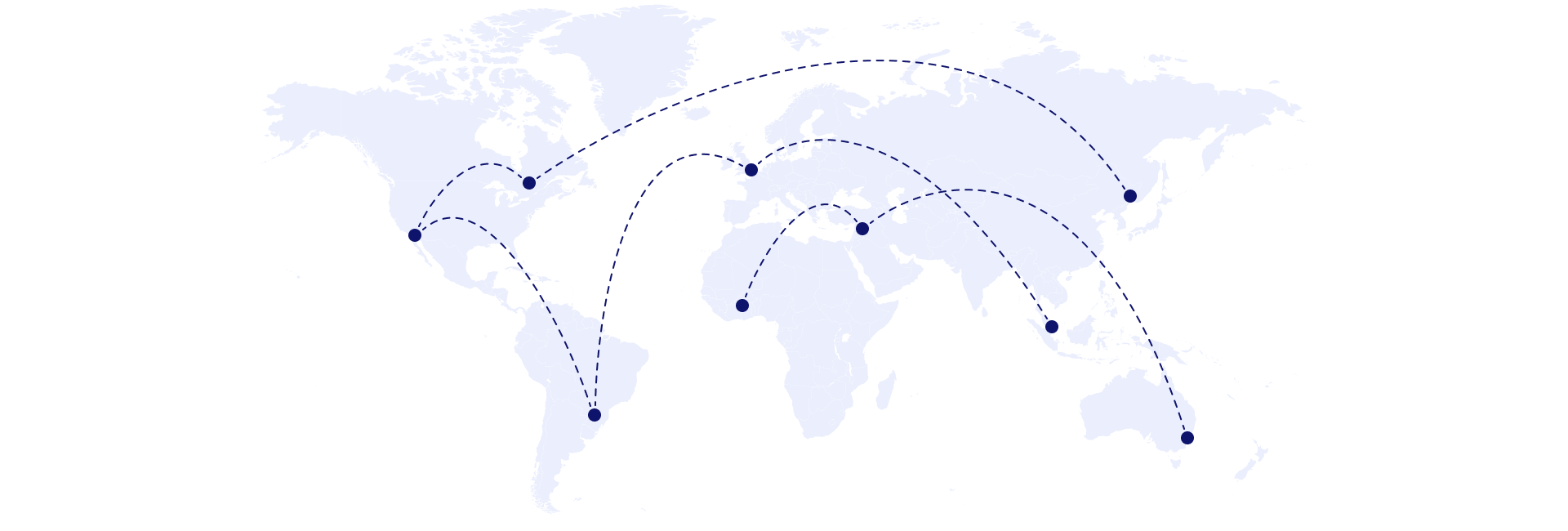
What our customers say about our services
